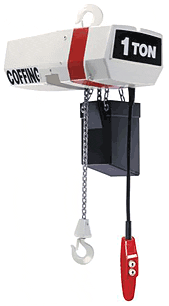Keeping Today’s Work Force Equipped.
800-892-8012
 To insure a hoist which will meet your particular
requirements with complete safety your inquiry should
include the following information as applicable:
To insure a hoist which will meet your particular
requirements with complete safety your inquiry should
include the following information as applicable: